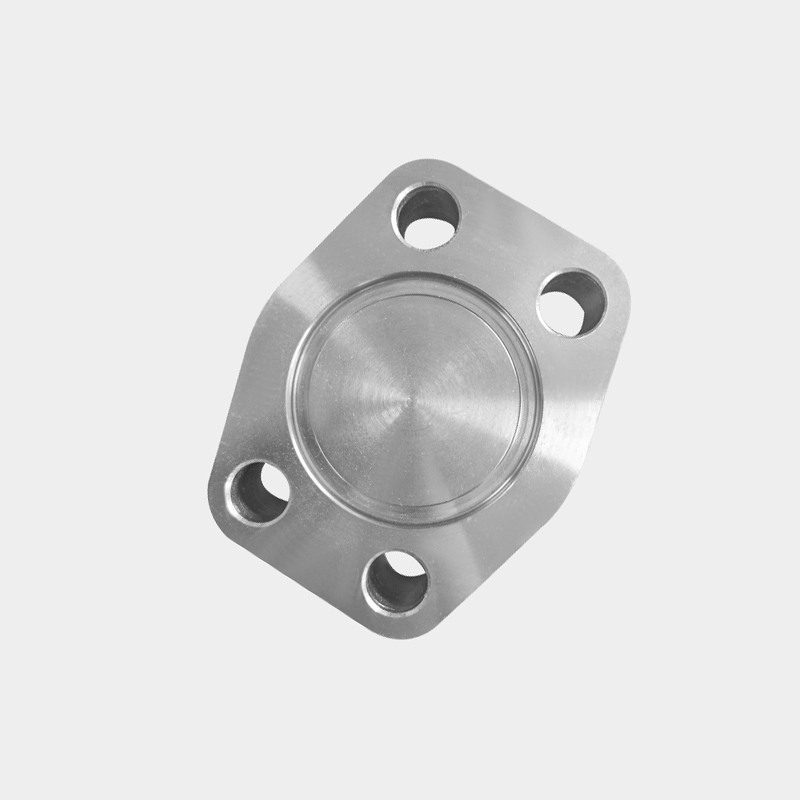Call Us
+86-13486669457Visual Inspection: Initiate the inspection process with a meticulous visual examination of both the flange and the weld area. Look for anomalies such as discoloration, which may indicate overheating or improper cooling during the welding process. Examine the weld bead for signs of cracks, porosity (small voids), or incomplete fusion—indicators of poor welding quality. Inspect the flange for warping or deformation, which can compromise its structural integrity and alignment. Assessing the overall appearance can often reveal issues that may not be immediately apparent, setting the stage for more detailed inspections.
Surface Cleanliness: Ensuring the surfaces of the flange are clean is critical. Contaminants such as oil, grease, or particulate matter can hinder the effectiveness of seals and contribute to corrosion. Use appropriate solvents or cleaning agents, and ensure that all residues are thoroughly removed. After cleaning, inspect the surfaces again to confirm that they are free from any contaminants. This step is vital, as any remaining substances can lead to premature failure of seals and ultimately result in system leaks.
Weld Quality Assessment: Implement a comprehensive evaluation of weld quality using non-destructive testing (NDT) methods. Techniques such as ultrasonic testing (UT), radiographic testing (RT), or magnetic particle testing (MT) can be employed to detect subsurface defects. Ultrasonic testing uses high-frequency sound waves to identify flaws, while radiographic testing utilizes X-rays to view internal structures. Magnetic particle testing can reveal surface and near-surface discontinuities. Selecting the appropriate NDT method depends on the specific requirements of the application and the materials involved. This level of inspection ensures that any hidden defects are identified and addressed before they lead to failure in service.
Leak Testing: Conduct a thorough leak test to verify the integrity of the welded joints. This can involve filling the system with water and pressurizing it to a specified level, or using air pressure tests. Ensure compliance with industry standards (such as ASME or API) during testing. Monitor the system closely for signs of leaks, such as bubbles in water tests or pressure drops in air tests. Document all test results, including pressures used, duration of the test, and any observations of leakage. A thorough leak test is crucial in high-pressure applications, as undetected leaks can lead to catastrophic failures.
Alignment Check: Proper alignment of the flange with connected piping or components is vital for system integrity. Misalignment can induce undue stress on the flange and weld, leading to premature failure. Use alignment tools such as laser alignment systems or dial indicators to ensure precise alignment. Verify that the flange faces are parallel and that the bolt holes align correctly before finalizing any bolted connections. Proper alignment is a proactive measure that can significantly reduce the risk of mechanical failure.
Torque Verification: In instances where bolted connections are involved, it’s essential to verify that the bolts are tightened to the recommended torque specifications. Utilize a calibrated torque wrench to achieve accurate results. Follow the manufacturer’s guidelines for torque values, and consider using a star-pattern tightening sequence to ensure even distribution of force across the flange. Incorrect torque can lead to joint separation, which can create leaks or structural failures. Regularly calibrate torque wrenches to maintain accuracy.


 中文简体
中文简体
 English
English









